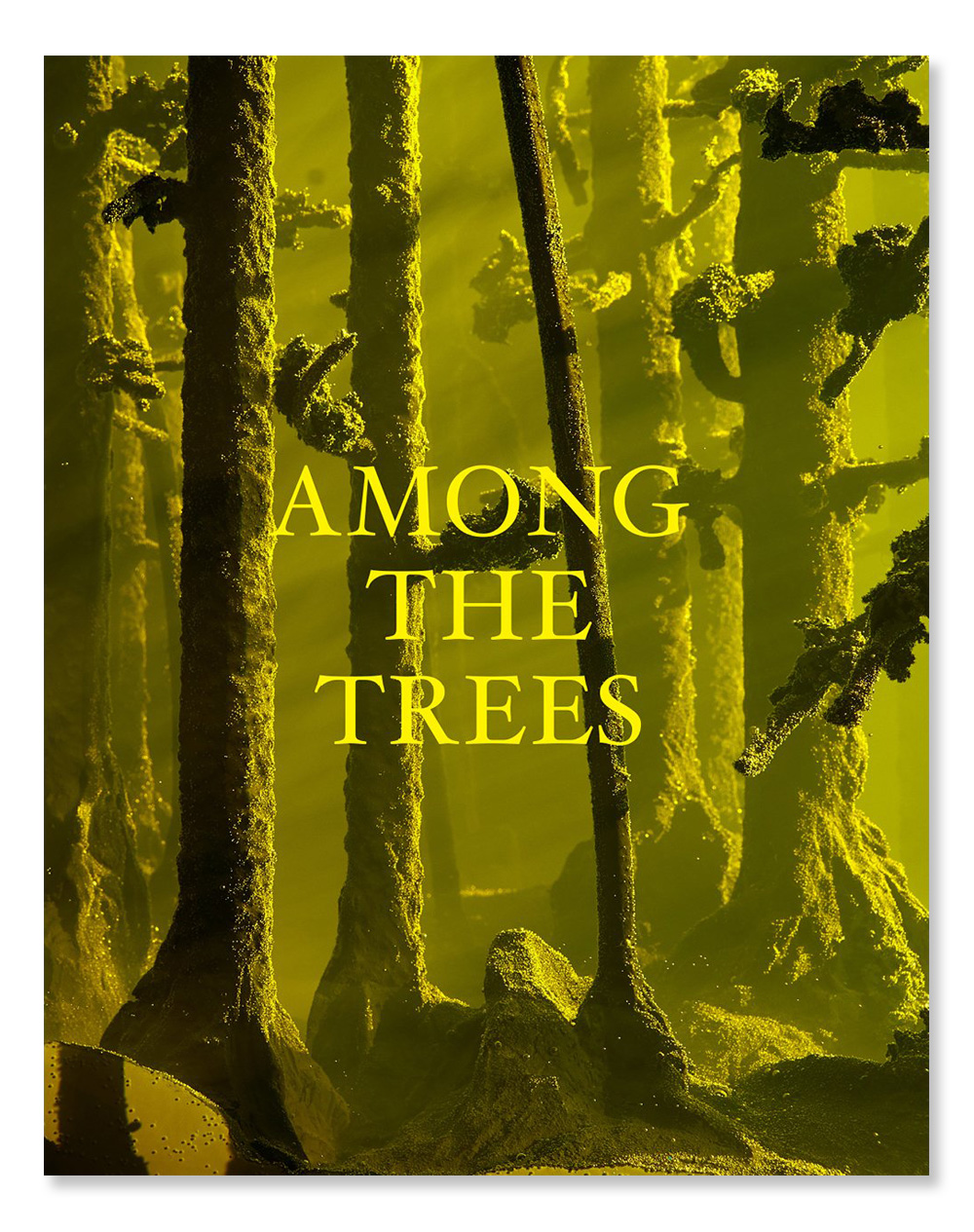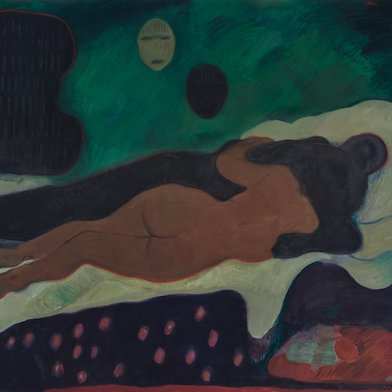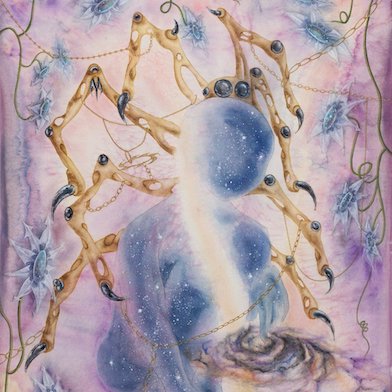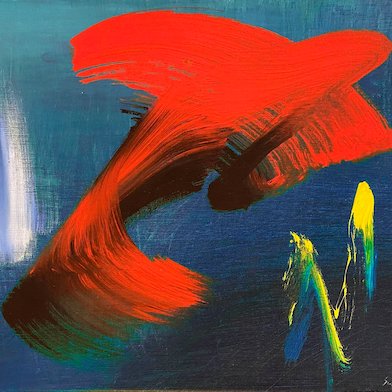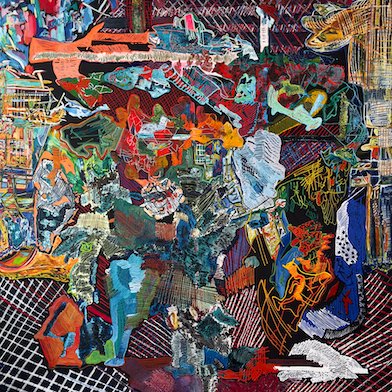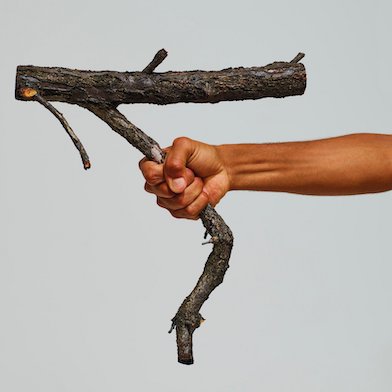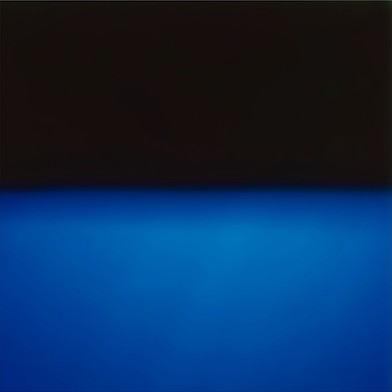Open: Tue-Sat 11am-6pm
Visit
The Code Factory. Works From The Eighties And Nineties
Galerie Max Hetzler, Potsdamer Straße, Berlin
Fri 23 Feb 2024 to Sat 6 Apr 2024
Potsdamer Straße 77–87, 10785 The Code Factory. Works From The Eighties And Nineties
Tue-Sat 11am-6pm
Artists: Günther Förg - Katharina Grosse - Hans Hartung - Georg Herold - Albert Oehlen - Sean Scully - Thomas Struth
Galerie Max Hetzler presents The Code Factory, a group exhibition of works from the Eighties and Nineties by Günther Förg, Katharina Grosse, Hans Hartung, Georg Herold, Albert Oehlen, Sean Scully and Thomas Struth.
Installation Views



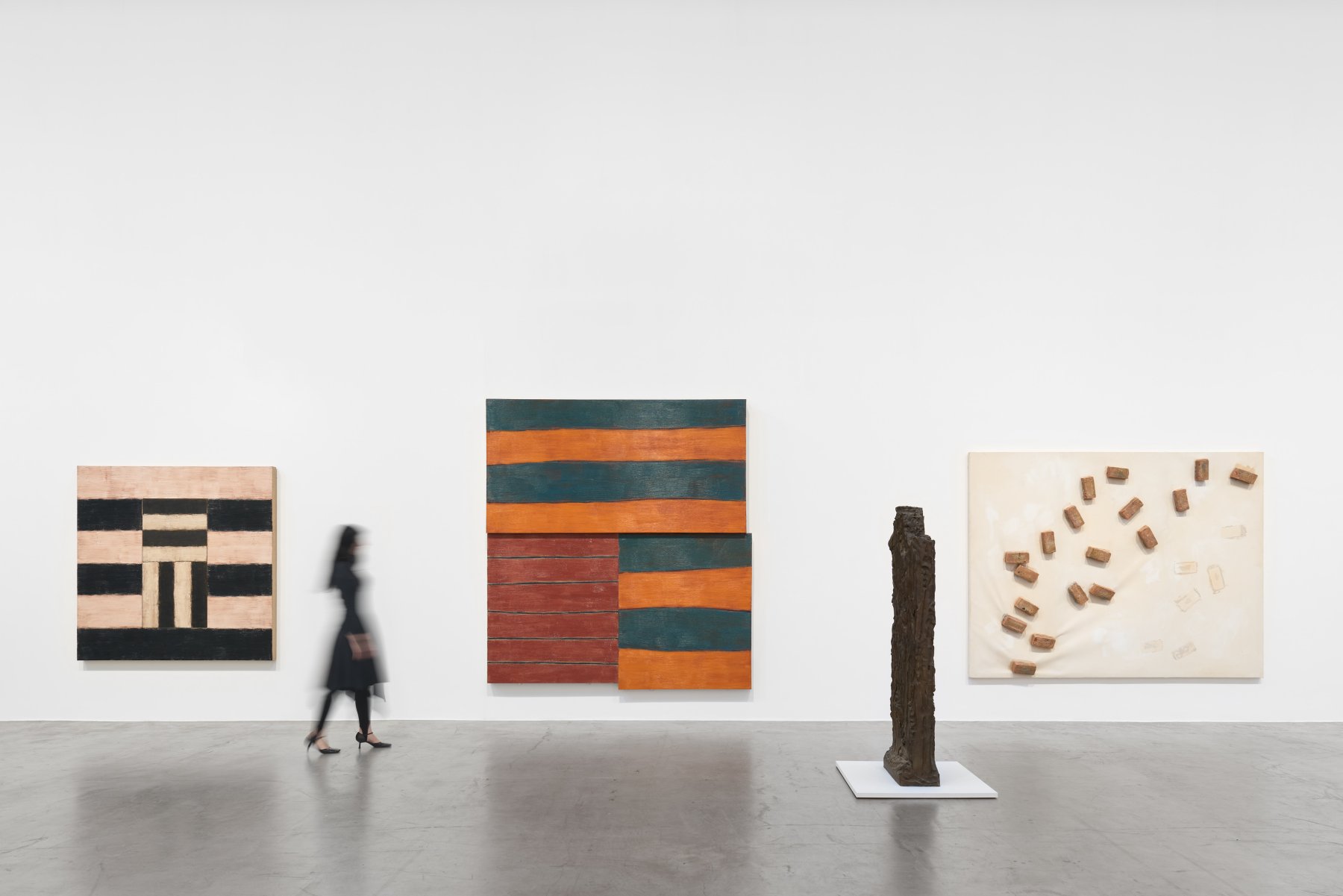








Titled The Code Factory by Georg Herold, the exhibition takes into consideration aspects present in the art of the last two decades of the 20th century: a fascination with social and political codes, mirrored by the advance of innovative technologies into everyday life and expressed in linguistic idiosyncrasies across all media of art.
Three works featuring bricks on canvas, from 1984 and 1985, represent Georg Herold’s (b. 1947) contribution to the exhibition. Herold’s use of language and material came from his preoccupation with what he described in 1986 as the 'way in which ideas become material’. In the 1970s and 1980s, the artist developed a body of work using materials such as roof battens, bricks, strings, neon tubes, wire, cardboard and caviare, employed to create constellations in which absurdity, irony and a precise measurement of reality were balanced. The deliberately incidental character of the works reflects a fundamental artistic conviction that process and calculated incompleteness serve as strategies against the myth of perfection and the concept of the masterpiece.
Three works by Albert Oehlen (b. 1954) play with similar themes. In James Blood Ulmer II, 1981, the subject of a lawnmower seems arbitrarily chosen, undermining notions of beauty, seriousness and conventional virtuosity. The title refers to the legendary Jazz musician and composer James Blood Ulmer, in a comically incongruous allusion to his musical genius. In Ameisen, 1982, a large canvas depicting several ants provides an unexpected view of the small and rather trivial creatures, depicted from a large-scale zoomed-in perspective, the effect of which is at once disconcerting and humorous. Finally, M’s Arm, 1986, a painting on a monumental scale, presents the arm of Martin (Kippenberger), as part of an ongoing mutual inspiration and respect between the two artists.
Visual codes and associations are taken on in quite another approach in the three large photographs by Thomas Struth (b. 1954). Since the 1980s, Struth had engaged very intensely with Chinese culture, undertaking several trips to the country. It was there that the street scene Chong Wen Meng Dong, Beijing 1996, 1996, and the two forest pictures, Paradise 10, Xi Shuang Banner, Prov. Yunnan, China 1999, and Paradise 11, Xi Shuang Banner, Prov. Yunnan, China 1999, both 1999, were photographed. While the former is reminiscent of his street scenes in composition and approach, the works from the Paradise group highlight questions around the environment, human interference, and ever-growing threats to the natural world, of increasing urgency since the 1990s.
Spanning different generations, two early Untitled works by Katharina Grosse (b. 1961), from 1999, are presented alongside two late works by Hans Hartung (1904–1989), from 1988 and 1989. Grosse’s paintings are, at this point in her practice, contained within the borders of the work. They bear closer resemblance to Abstract Expressionism or Colour Field Painting than many of her later works, in which the painterly movement often extends beyond the confines of the canvas. Hans Hartung’s works T-1988-K44, 1988, and T1989-U19, 1989, present loosely applied clouds of colour which allow the paint to react to movement and gravity, as if anticipating the younger painter’s famed technique.
The paintings Heat, 1984, and Empty Heart, 1987, by Sean Scully (b. 1945) are strictly structured, divided into a grid-like pattern of stripes, bars and fields of colour that contrast, interpenetrate or overlap. At the same time, the tactile quality of his paintings captivates the viewer. The almost sculptural appearance of the works opens up into the room, reinforced by the combination of multiple canvases of varying sizes and depths into a single work, as in Heat in this exhibition.
Three sculptures by Günther Förg (1952–2013), Untitled (Torso 1), Untitled (Torso 4) and Untitled (Torso 6), from 1989 and 1990, fill the centre of the space. Förg had expanded his practice to sculpture in the mid-1980s, which once again reflected his desire to play with surfaces. His torsos are originally sculpted by hand, then cast in bronze, allowing him to expressively shape the material. The result is a relief-like, fissured surface in which the artist's ‘handwriting' leaves its mark.
The works in the exhibition illustrate the longevity of artistic concerns which keep reappearing in the painting, sculpture and photography of these seven gallery artists across nearly three generations.
